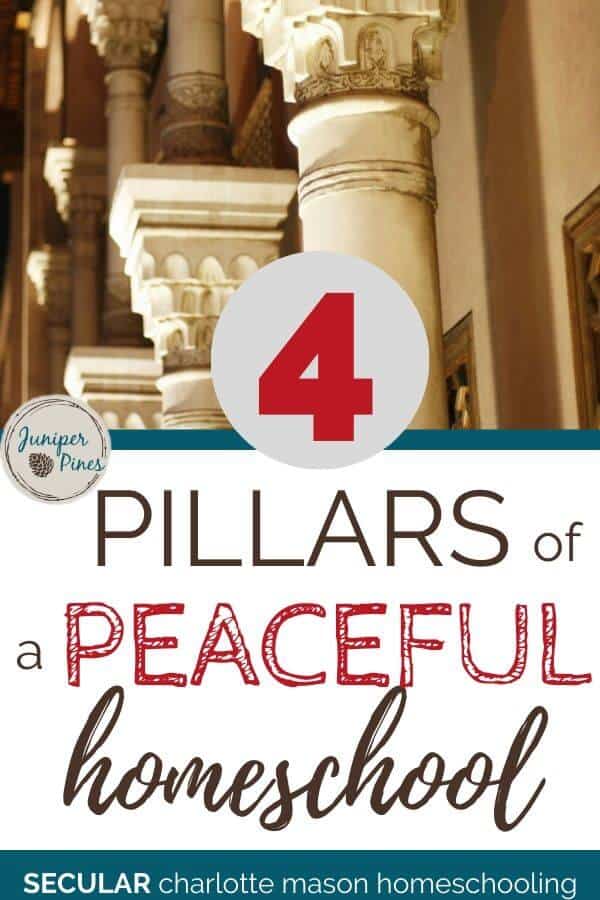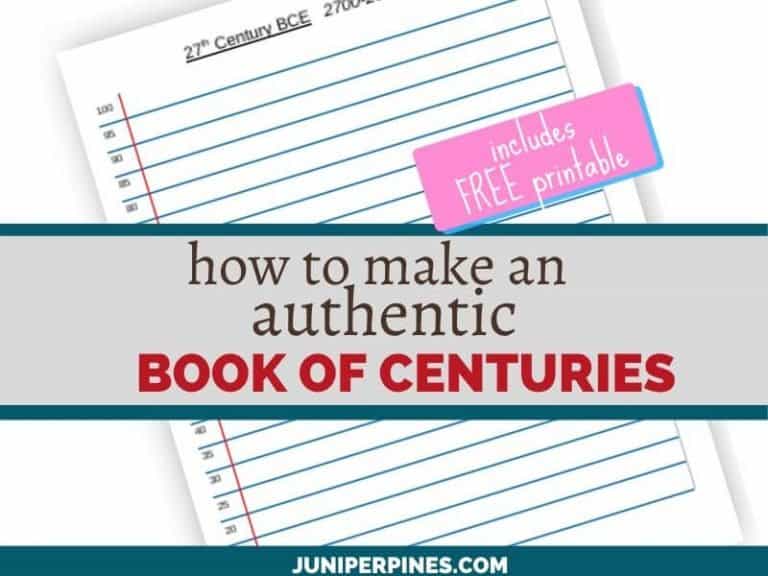What are Living Books? (CM Basics)
One of the most frequently asked question by those new to Charlotte Mason is, “what exactly is a living book?”
What does that term mean?
How do I know if a book is living?
When I first started learning about Charlotte Mason through curricula that billed itself as CM (but actually wasn’t), and reading blogs here and there, I developed the idea that living book meant historical fiction.
Other places I’ve seen people say that a living book is wrapped in a fictional story, or any book that ‘draws a reader in’ is living.
This leads to the erroneous conclusion that all you have to do to make a bunch of facts into a living book is to write them in a fictional story, or even that junk-food type books that kids love (Junie B Jones, Magic Treehouse) are living books.
But just because a child loves a book doesn’t mean it’s a living book.
My definition of a living book
Here is my own short definition:
A living book is a book of literary quality, often written for a popular audience by a single author (sometimes two) who is passionate about his subject. It transmits ideas rather than just facts, and feeds the mind.
Let’s take that definition bit by bit.
-
A living book is a book
I think we should start here — by definition, a living book is a book. Not a movie. Not a youtube video or documentary. Not a radio production or a video game.
A living book is a book.
-
Next, “of literary quality”
THE SIMPLEST WAY TO A PEACEFUL HOMESCHOOL
 Are you struggling to get everything done? A strong home rhythm will bring order to the chaos. It’s a game-changer – get it free for a limited time!
Are you struggling to get everything done? A strong home rhythm will bring order to the chaos. It’s a game-changer – get it free for a limited time!
This does not mean… ‘anything wrapped in a story shell.’
…It doesn’t mean any book that is narrative.
…It doesn’t mean any book that ‘draws a child in.’
It is a book of literary quality.
Beautiful writing. Varied sentences. Wide and rich vocabulary.
It is a book that you as an adult love to read as much as your children do, because the quality of the writing is excellent.
“A children’s story that can only be enjoyed by children is not a good children’s story in the slightest.” — C. S. Lewis
I will say the same thing about a living book. If you don’t enjoy it as an adult, if it is a pain to slog through because the writing is so stilted or written on such a low level, it is not of literary quality.
Continuing —
-
often written for a popular audience by a single author who loves his subject
Not a book written by committee. Not a textbook. Not meant for ‘educational purposes only.’
This is a book that is written with such passion and joy, and written so lucidly, that everyone can enjoy it.
Even if they aren’t assigned it for school. Especially if they aren’t assigned it for school!
It is not a lecture that has been written down.
If you open up a book, read a few pages, and would never think of reading it if you weren’t required to, then put it back.
Have you ever known a person who you could listen to them talk for hours, no matter the subject, because they had such a way with words that listening was a delight? Or that was able to transmit their enthusiasm and draw you in to their subject even when you had no prior interest in it?
Or that could take anything and wrap it in a story of personal anecdote so skillfully that you hardly even realized you were learning because they were such a joy to listen to?
That’s what you want out of a book.
You want a book that grabs you by the collar, pulls you in, and won’t let go, even if you have no prior interest in the subject. Because the author writes so well.
-
It transmits ideas rather than just facts.
This is a harder one to define. Ideas. But let’s take a look at some books that just transmit facts and pull kids in, for comparison.
The most common style of books you’ll find in the non-fiction children’s section these days is the DK Eyewitness style. They are not all published by DK, but they share the style.
Lots of pictures. Little snippets of text. Fact. Fact. Amazing fact! More pictures.
Now, look at a page of this book. Take out all the pictures, and just leave the text. Since there are often text boxes scattered all over the page with one or two central paragraphs, you’ll need to mentally draw those odd pieces of text together.
Now read through it, without the pictures.
Does it flow? Is it beautiful? Does it draw you in?
Or is it choppy? Clunky? Does it read like a list of facts for a 4th grader’s book report?
I’m going to write a few pieces from my daughter’s favorite book about bugs here, so you can see what I mean.
On the page titled Wasps, we have three paragraphs telling a little about different kinds of wasps, then several drawings of different kinds of wasps.
California oak gall wasp. This type of wasp lays her eggs in oak leaves. Blue-black spider wasp. The spider wasp catches spiders to feed her young. Giant hornet. Like the yellow jacket, the hornet is a wasp with a powerful sting.
Etc.
Then we move into some more interesting text, also scattered around a large drawing of a wasp:
The bright colors of the wasp probably acts as a warning to its enemies–keep away or else. When a creature such as a bird attacks a wasp and gets stung, it learns to link the black and yellow stripes with the painful sting. This makes it less likely to attack another wasp. The wasp’s antennae are covered with tiny hairs and are highly sensitive to touch and smell. The antennae may also detect changes in temperature and humidity.
And so on.
But do you see here? It’s all just fact after fact. There’s no … personality. It’s like listening to someone read from an encyclopedia entry.
If it weren’t for the large drawings and pictures over every page, my child would not be interested at all.
Pictures should enhance the text, not make it so the text is bearable!
One last point —
Living books can be fiction or non-fiction. They can be historical fiction, they can be non-fiction wrapped in a fictional story.
They can be classics (20 years old or more) or newly published.
But just because a book is fiction, or historical fiction, or wrapped in a fictional story, does not necessarily make it a living book.
The litmus test is not whether or not it’s told in story form.
The litmus test is if it is literary quality and transmits ideas rather than just facts (food for the mind).
When you evaluate a book, is the quality so high that you want to save it for your grandchildren or even great-grandchildren?
If so, it’s probably a living book.









I am so relieved to see I am not alone in thinking the Magic Treehouse books are just not as magical as everyone else thinks! Lol I felt guilty for not loving them, always wondering why other families loved them so.
Do you have a list of living books? I know what they arent but dont feel so comfortable knowing.what they are exactly…and how to pick age appropriate ones. Ive tried to google “living books” many times to gain a thorough understanding but my search never seems to leave me confident enough.
The thing with magic treehouse is though, that they are made for young kids to read on their own… that’s why the writing is more simple, but also progresses as the volumes move on…
i think that’s something that should be kept in mind, as it’s not really comparable with more classic read-aloud books